By Shiv Ram Krishna, EAA 1549613, EAA Canada
Attendees at EAA AirVenture Oshkosh 2025 were treated to a much-anticipated reveal by Van’s Aircraft: the RV-15, a prototype high-wing design that marks a notable expansion from the company’s traditional low-wing fleet. Displayed in a striking matte camouflage paint scheme and fitted with tundra tires, the RV-15 prototype attracted a steady flow of visitors throughout the show.
Van’s has built a reputation over decades for its sleek, high-performance experimental kits, but the RV-15 signals a different mission: utility, visibility, and backcountry capability. For Canadian builders and bush pilots — particularly those who regularly operate out of grass, gravel, or snow-covered strips — this new platform may offer a welcome alternative.
A Shift in Design Philosophy
The RV-15 is a clean-sheet high-wing aircraft with two seats and a substantial baggage area, tailored for off-airport operations. With a reported useful load of around 900 pounds and a stall speed in the 45-knot range, the aircraft supports short takeoffs and landings (STOL), appealing to pilots operating in Canada’s varied and often rugged terrain.
The prototype on display incorporated a Lycoming IO-390 engine and cable-driven flaps, paired with large cargo doors and rear access for baggage. Each wing reportedly holds 30 gallons of usable fuel, offering respectable range — something many northern flyers will appreciate.
Designed With Builders in Mind
Van’s continues to prioritize the homebuilder community in the design of the RV-15. The airframe will be constructed using pre-punched, match-hole parts, reducing the need for complex measuring or alignment. Some sections make use of blind rivets, a detail that may be welcomed by first-time builders or those working alone.
The company indicated that the wing kit would be the first to ship, starting as early as December, with an estimated price of $20,000 USD. A 35-percent down payment is required to reserve a kit. This pricing puts it in the ballpark of other Van’s models, although Canadian buyers should factor in exchange rates, shipping, and duty charges.
Features With Northern Pilots in Mind
Canadian aviators will likely take note of several features that could serve backcountry flying:
– A skylight above the cockpit, enhancing visibility for turns in confined areas.
– Cable-driven flaps, which may be easier to service or adjust in remote locations.
– Generous ground clearance and tundra tire compatibility.
– Interior ergonomics that reflect Van’s long-standing attention to control harmony and layout.
While the aircraft is still in development, and many details remain subject to refinement, it is clear that Van’s is actively responding to interest from the bush and utility flying community — including many pilots north of the 49th parallel.
Looking Ahead
The RV-15 is still in the prototype stage, and a production timeline beyond the wing kit has not been finalized. That said, the presence of a completed flying airframe at Oshkosh — and the engineering choices made so far — suggest that Van’s is serious about supporting this new direction.
For Canadian EAA members, this aircraft opens up new possibilities. Whether for recreational flying in the Rockies, utility work in the boreal north, or simply weekend getaways from short strips, the RV-15 may offer a new kind of RV experience — without straying far from the values that made the brand successful in the first place.






